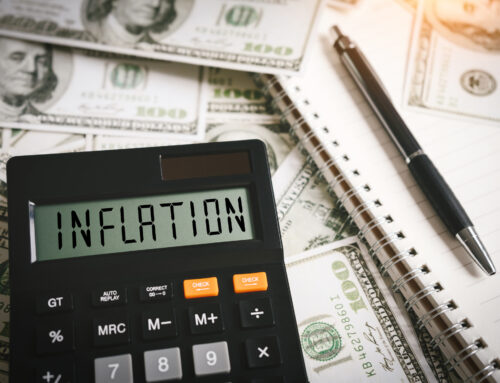This year will probably go down in history as having decent returns in terms of the usual stock market indexes. In my prior market history lessons, you may have learned (and undoubtedly forgotten—no fault of your own) that the presidential pre-election year is most often a great year, the best year, for stock gains. So where are we now and why?
The following calculations are all regarding the first eleven months of 2015 through Monday, November 30. The tech heavy Nasdaq 100 (QQQ) is 10.43 percent higher while the S&P 500 (SP-500) is up a whopping 1.04 percent and the Dow Jones 30 Industrial Average (DJ-30) is down .58 percent. Almost always the optimist, I think each will be higher by New Year’s Eve, barring too much upsetting terrorist activity around the world or especially inside the US.
Looking inside these indexes, you would see that gains have been concentrated in Healthcare (in spite of its intense correction in the third quarter), technology (especially related to the internet), and Consumer Defensive stocks, the kind of companies whose sales hold up even in recessionary periods. Those three registered gains of 5.96, 5.22, and 4.64 percent respectively. Real estate and Consumer Cyclicals were positive also rans.
But out of 11 sectors usually referenced, 6 actually are lower after 11 months. The worst offenders are Utilities, Basic Materials, and Energy, down 8.66, 16.81, and 20.52 percent respectively. Communications, Financials, and Industrials were each down a little bit. Talk about a tale of the best and worst of times!
Then throw into the mix bonds, always considered to be a safety net for investors. The iShares Barclays Aggregate Bond Index (AGG) shows a loss of 1.19 percent of value. What about international? The iShares S&P Global 100 Index lost 1.33 percent. Silver and gold are both lower by over 10 percent year to date.
I often hear or receive the question, Why haven’t you done as well as the index? That is usually referring to one of the big three in paragraph 2 above. But the whole concept of long term investing safety is built upon proper diversification, described as not putting all of your eggs in one basket. Most investors would not want to be caught dead on the roller coaster ride of all stocks all of the time as would be the case in QQQ, SP-500, or even the more conservative DJ-30.
As to the why, I offer this thought. I have been critical of the Federal Reserve Board’s zero interest rate policy for at least 5 years now. Every week I have been gaining a little more support from talking head experts on TV. Whatever else has resulted, artificial stimulants and free funny money has led to extremely uneven results between different sectors, industries, and asset classes.
Supposedly wanting to counter a risk of horrendous deflation, the Fed is helping to create the next bubbles, but only within certain kinds of assets. If you check out housing prices in San Francisco, New York, and a few other places, you will be amazed at what it takes $5 or $10 Million to buy these days. Some politicians decry the incredible rising gap of income inequality in the past few years, but the people complaining about it are the ones in charge! Perhaps they should stop digging the hole most of us (particularly conservative savers) have fallen into.
The primary beneficiary of zero interest is the federal government, at least until a later date. You will not believe what would have happened if we had been required to pay at least 5-6 percent on trillions of the new national debt instead of 1-3 percent. The whole scheme is why we have just experienced the slowest recovery in the past century. The economic professors have been in charge and they are still asking themselves, Why didn’t this work?
(All statistics from TC2000, Worden Brothers, Inc., 2015. Past performance is no guarantee of future results. Advice is intended to be general in nature.)





